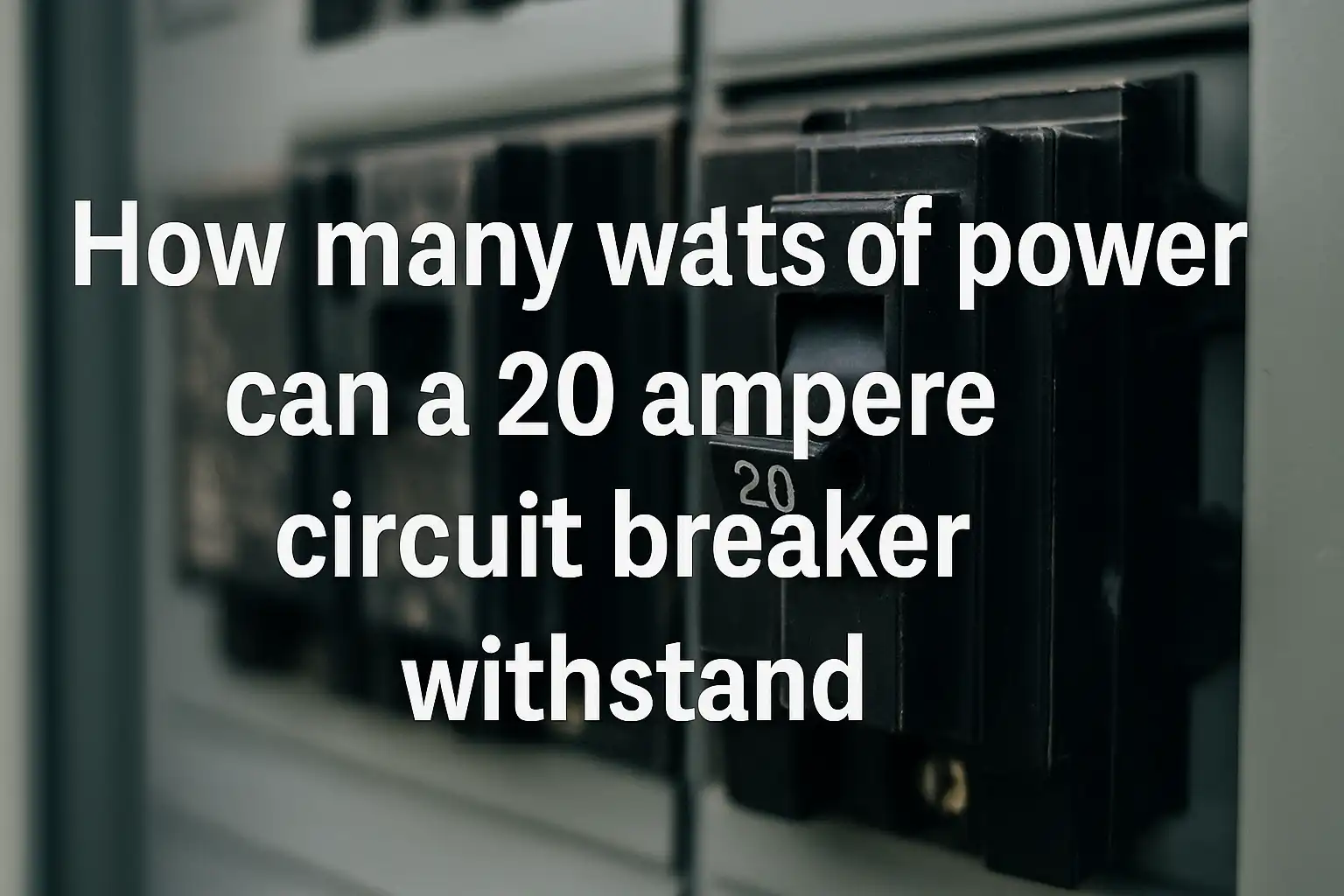
How many watts can a 20 ampere circuit breaker handle
A 20 ampere circuit breaker can handle up to 2,400 watts at 120V or 4,800 watts at 240V. For safety, limit continuous loads to 80% of its capacity.

A 20 ampere circuit breaker can handle up to 2,400 watts at 120V or 4,800 watts at 240V. For safety, limit continuous loads to 80% of its capacity.
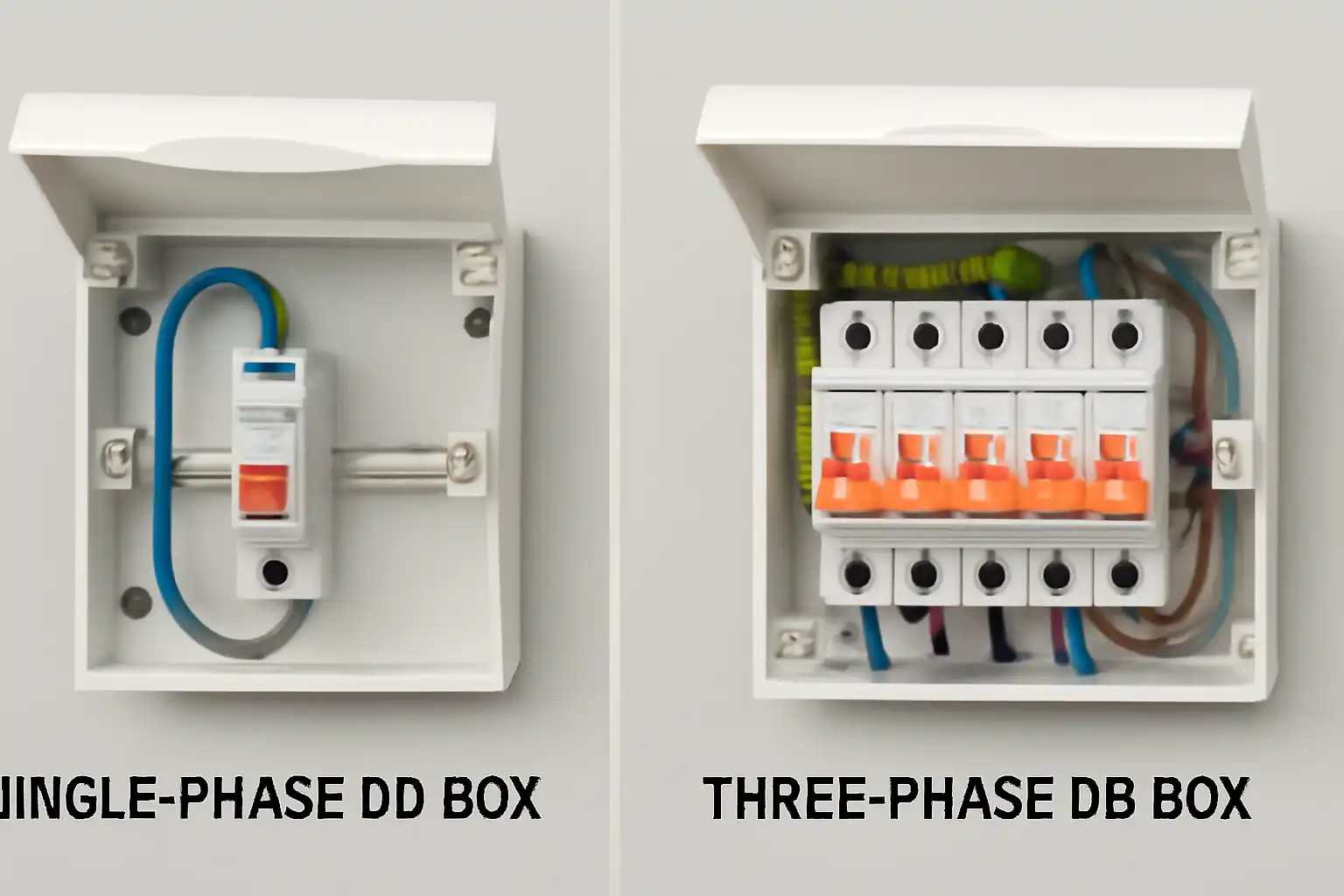
Understand the key differences between single-phase and three-phase DB boxes, their applications, and how to choose the right one for your power needs.
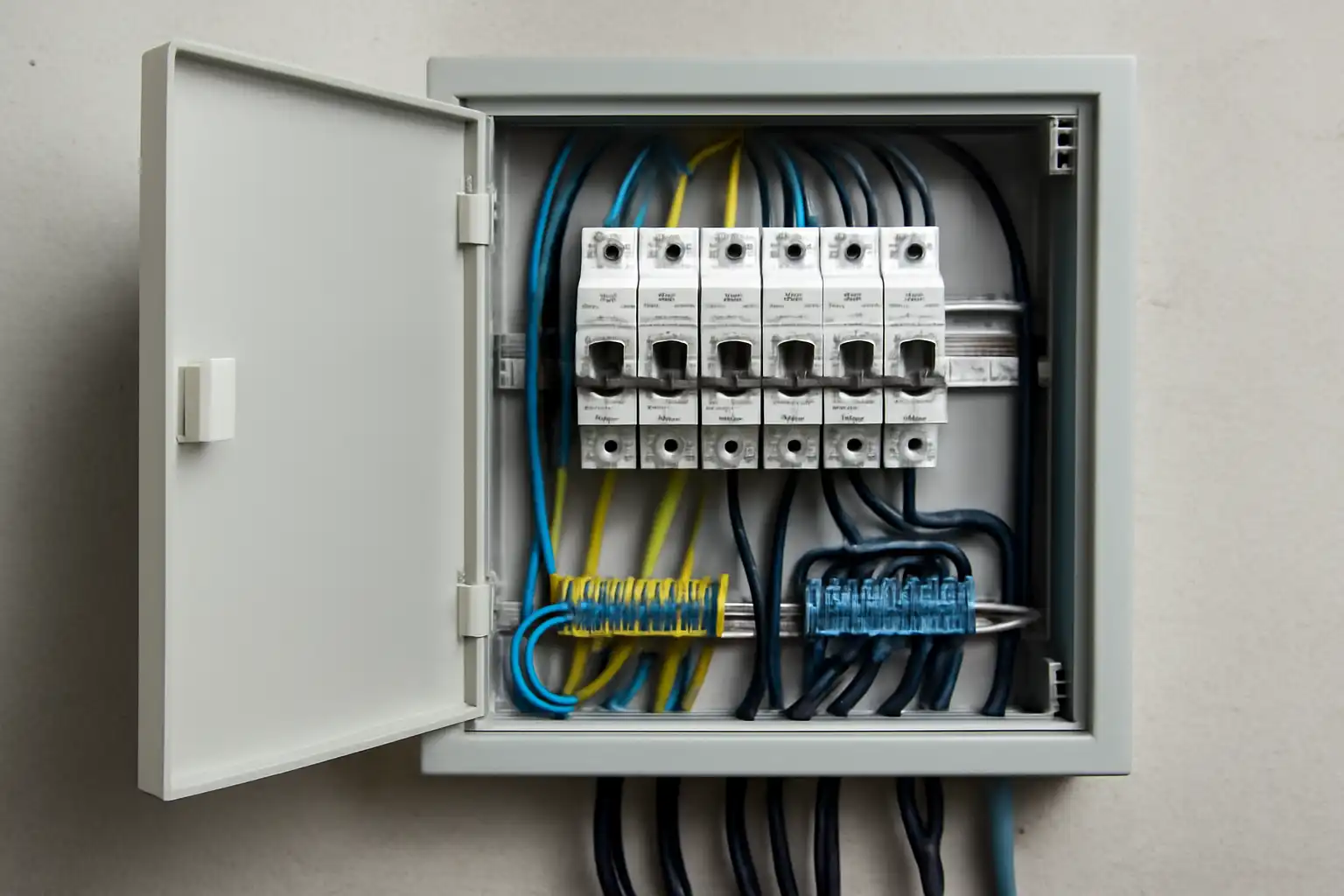
A distribution board organizes and protects electrical circuits, ensuring safe power flow, preventing overloads, and enhancing energy efficiency in buildings.
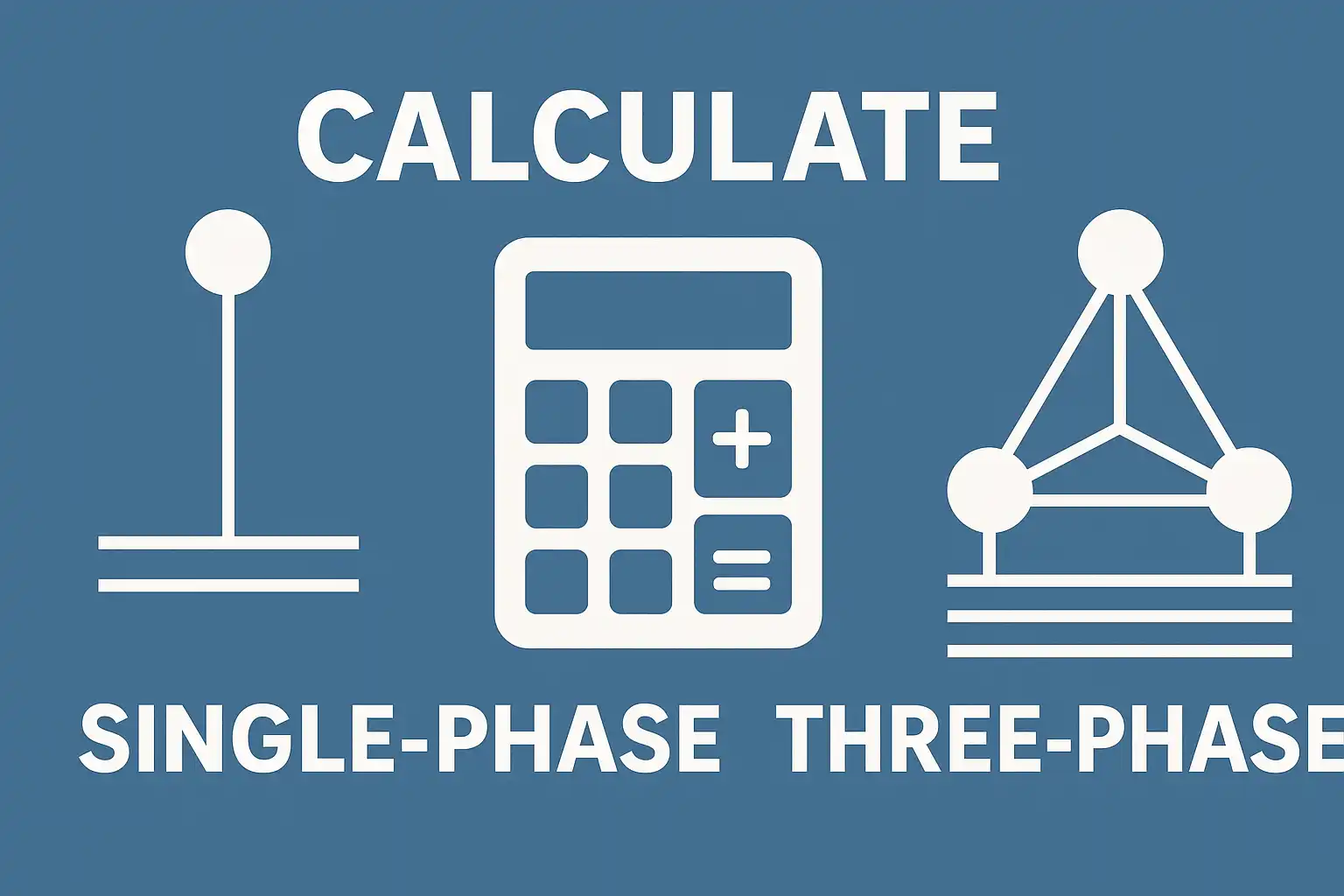
Learn how to calculate single-phase and three-phase electricity bills using formulas for energy usage, rates, power factor, and fixed charges to avoid errors.
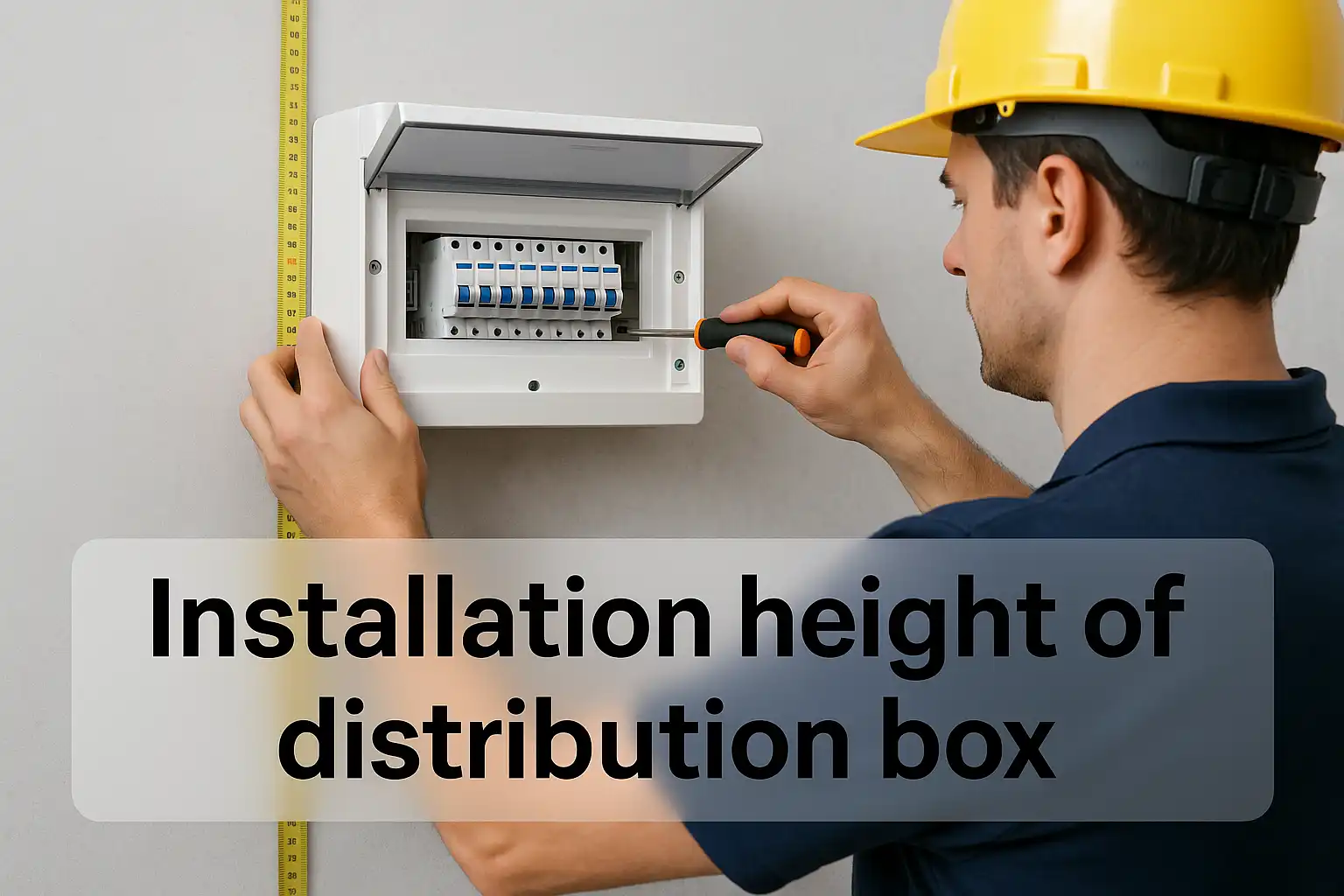
Install a distribution box at 4.5 to 5.5 feet high for safety, accessibility, and compliance. This height ensures easy use and protection from hazards.
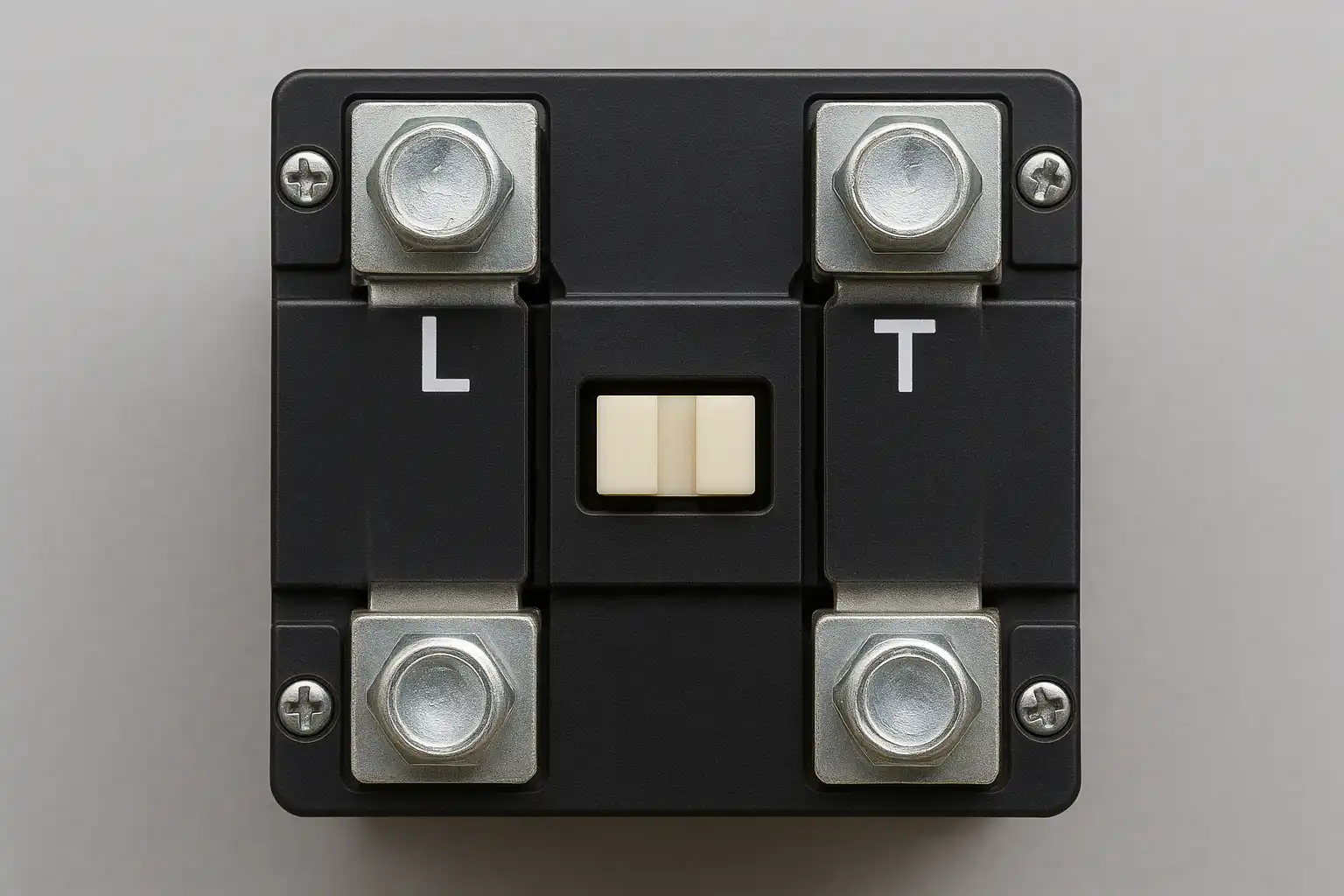
L terminals on a contactor bring in power, while T terminals send it to devices. Understand their roles for safe and efficient electrical setups.
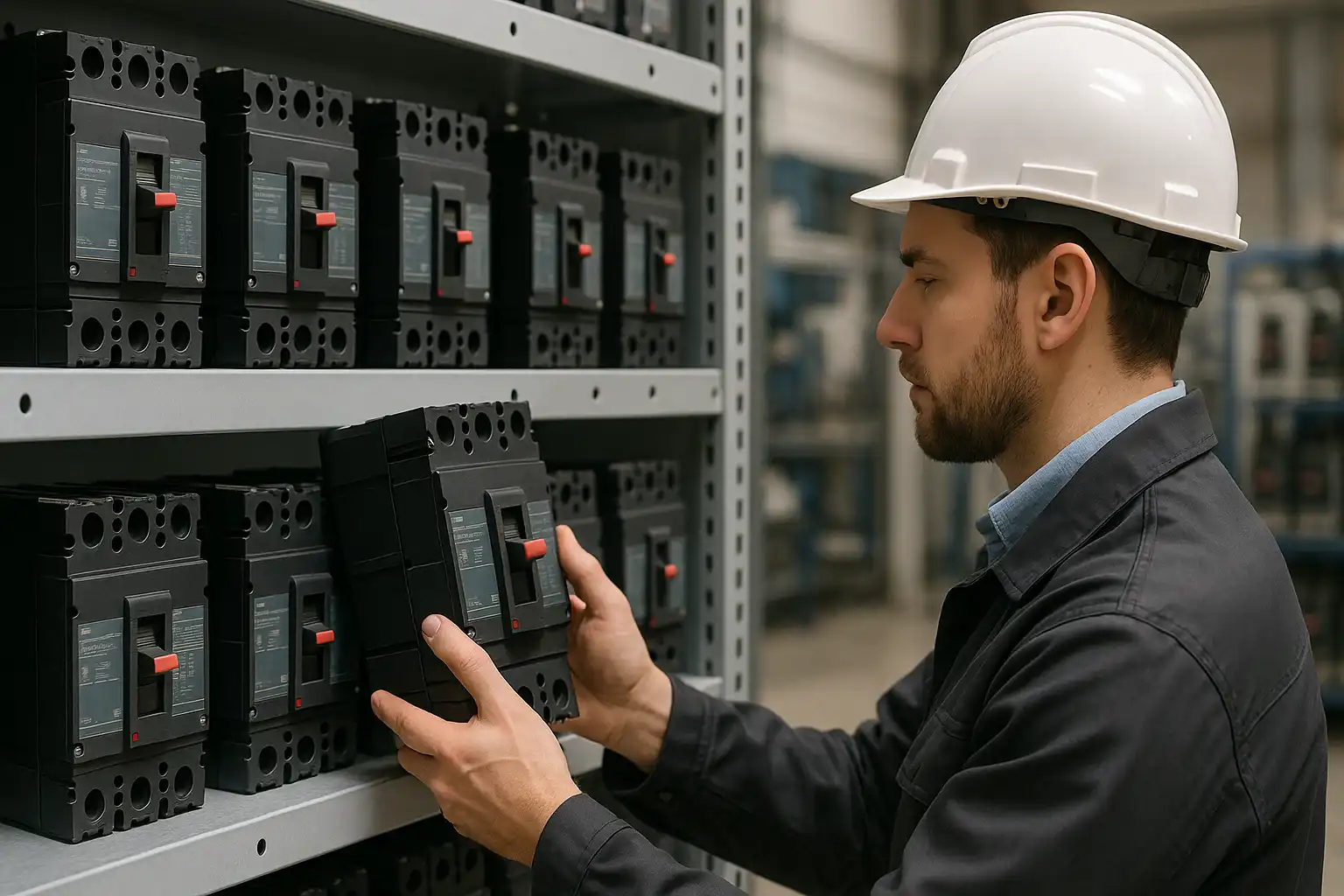
Choose a molded case circuit breaker by considering current rating, breaking capacity, trip settings, voltage compatibility, and environmental factors for safety.
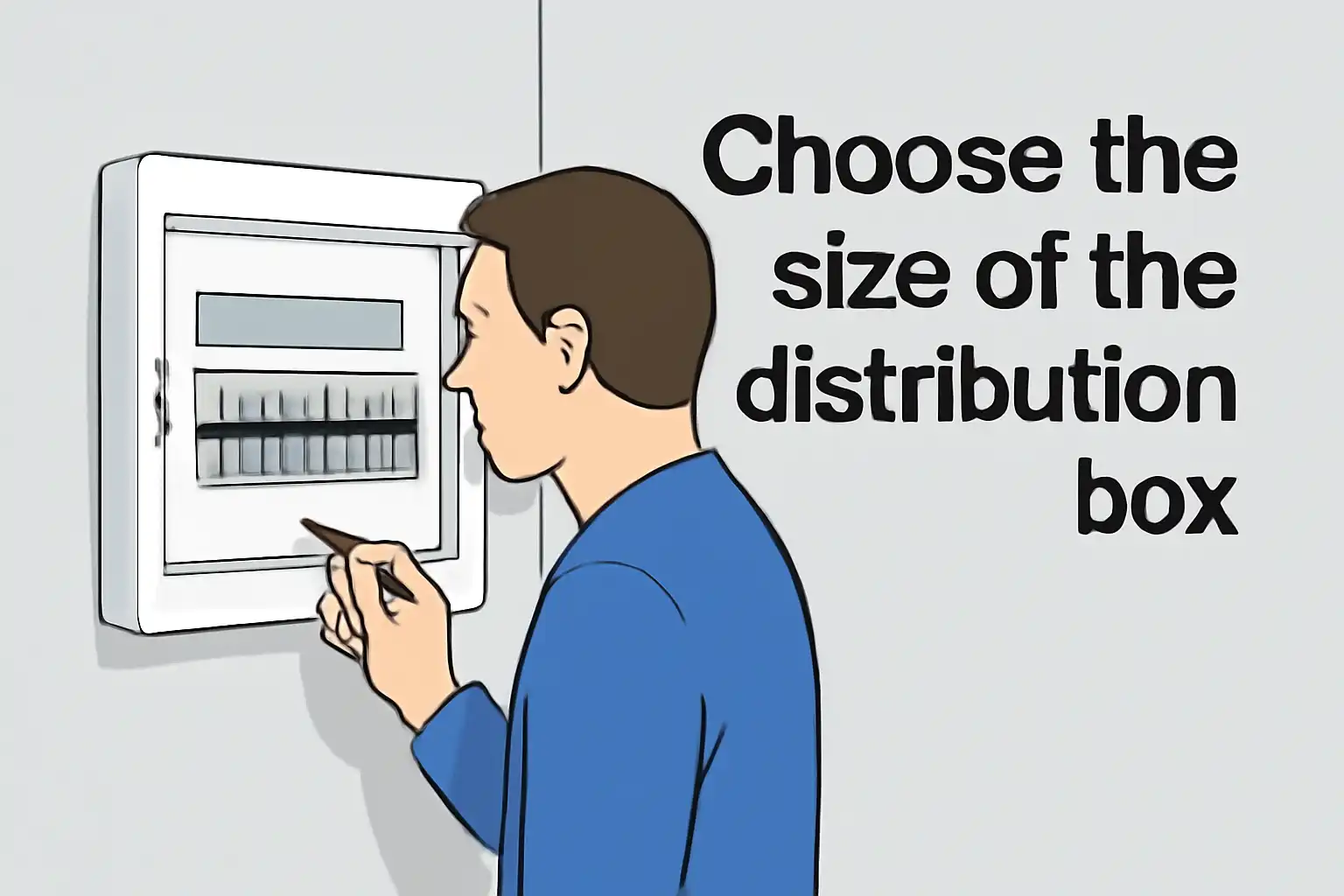
Learn how to choose the right distribution board size by assessing load requirements, circuit needs, and future expansions for a safe and efficient setup.
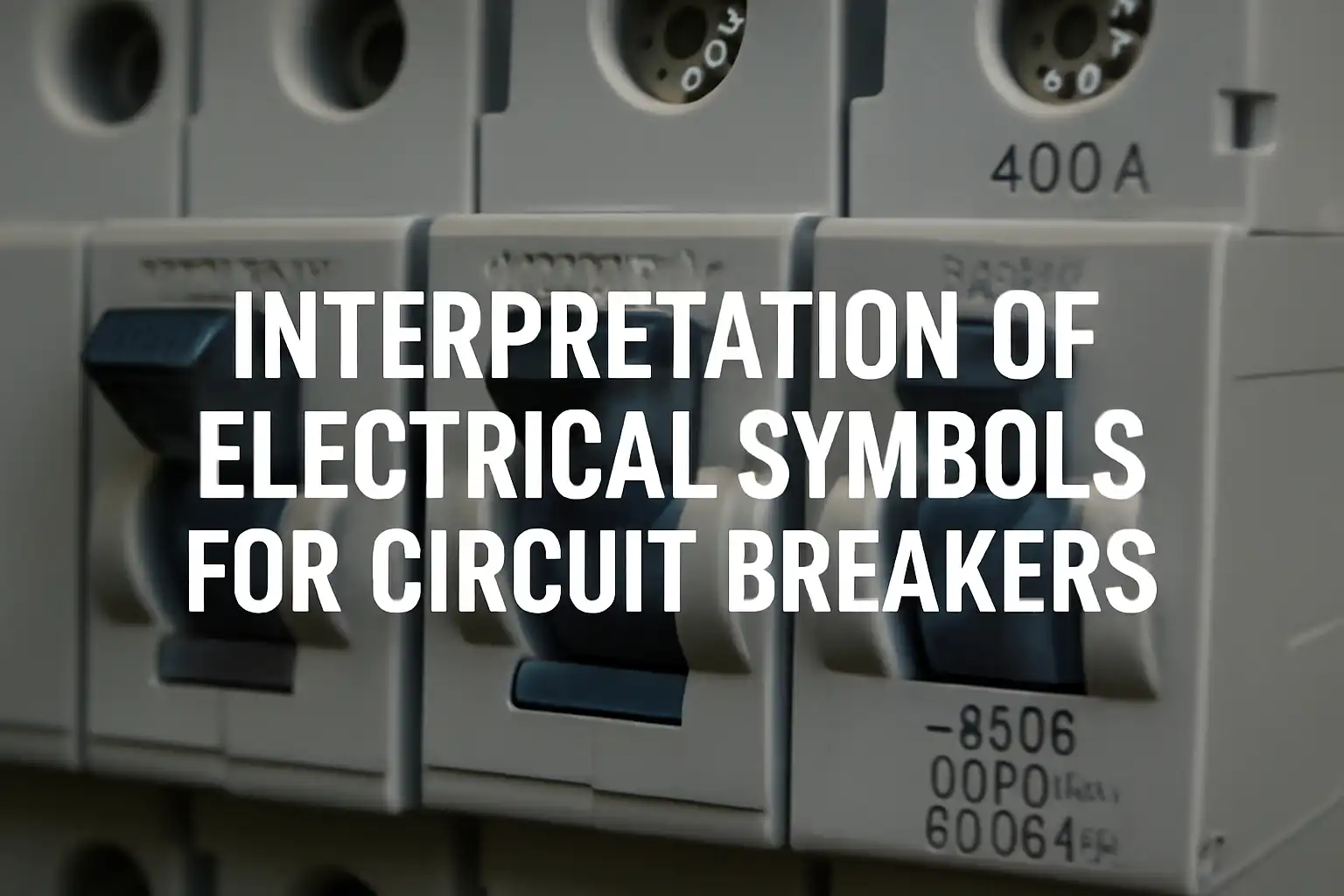
Understand electrical symbols for circuit breakers, their types, and importance in schematics for safer, efficient electrical system design and maintenance.

Discover the best brand of circuit breaker in 2025. Explore top 10 brands like Schneider, Siemens, ABB, and Eaton for safety, innovation, and reliability.
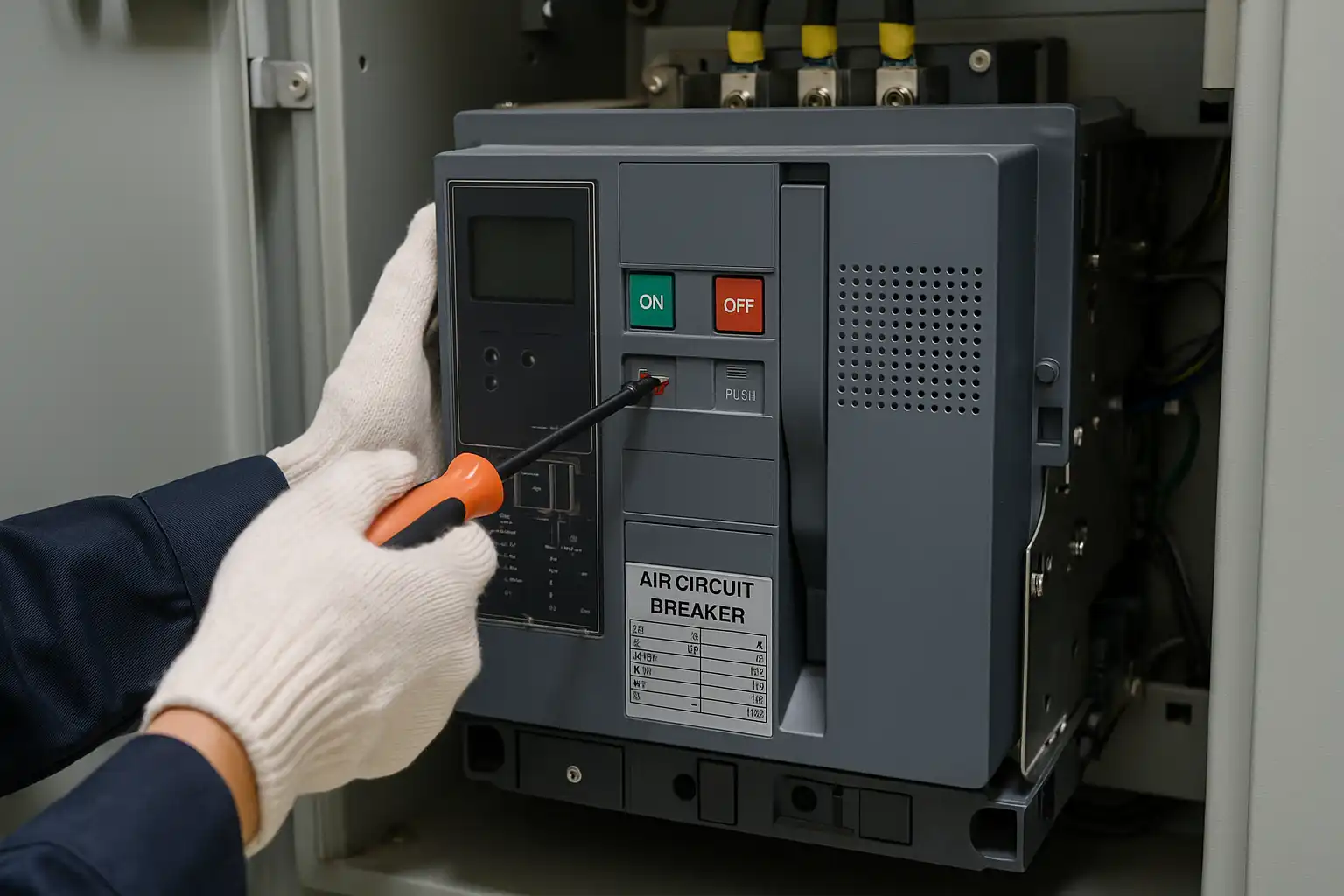
Learn effective maintenance of air circuit breakers in 2025, including cleaning, testing, and safety tips to ensure reliability and extend their lifespan.
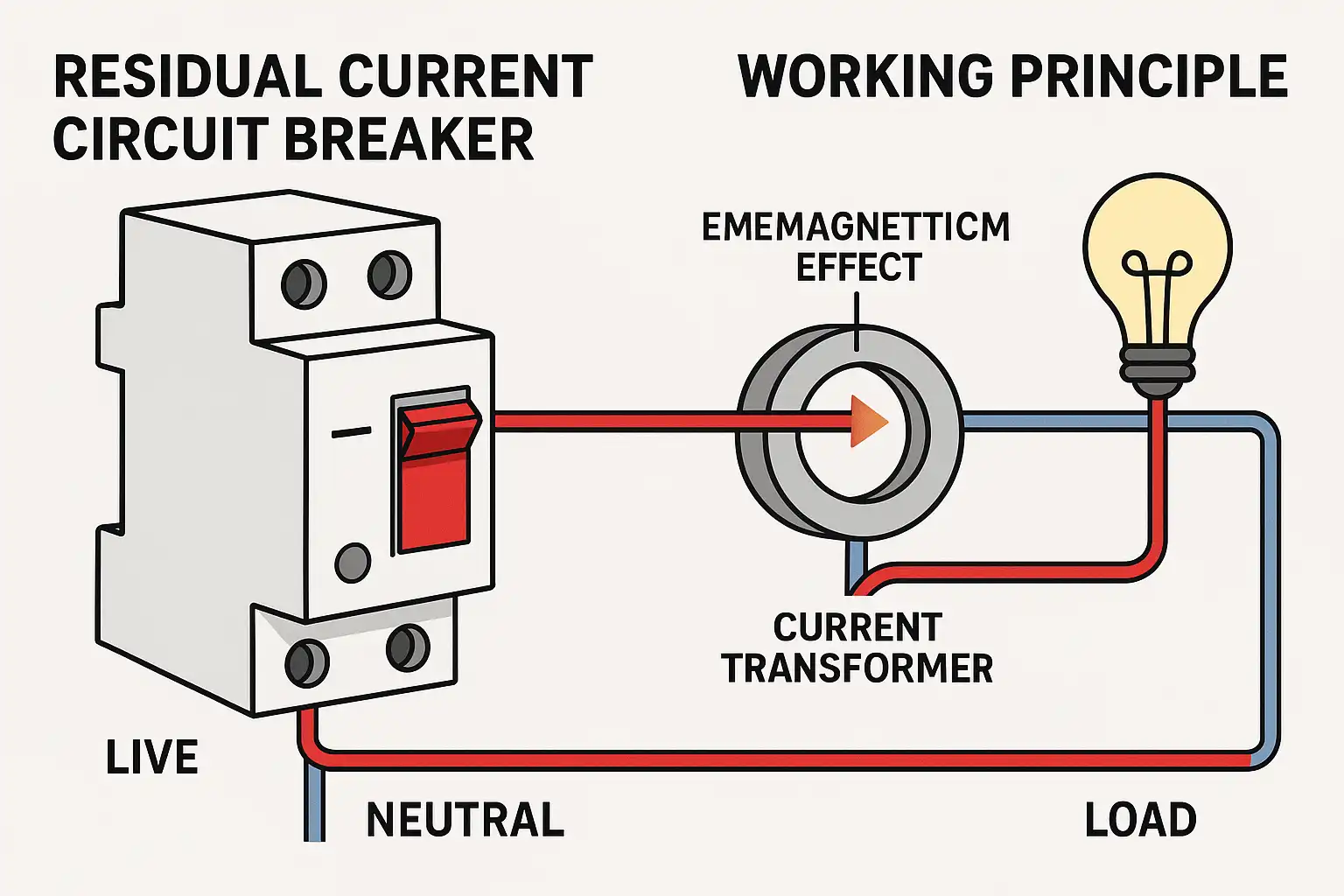
A residual current circuit breaker detects current leaks and prevents shocks or fires by shutting off power instantly, ensuring safety in homes and workplaces.
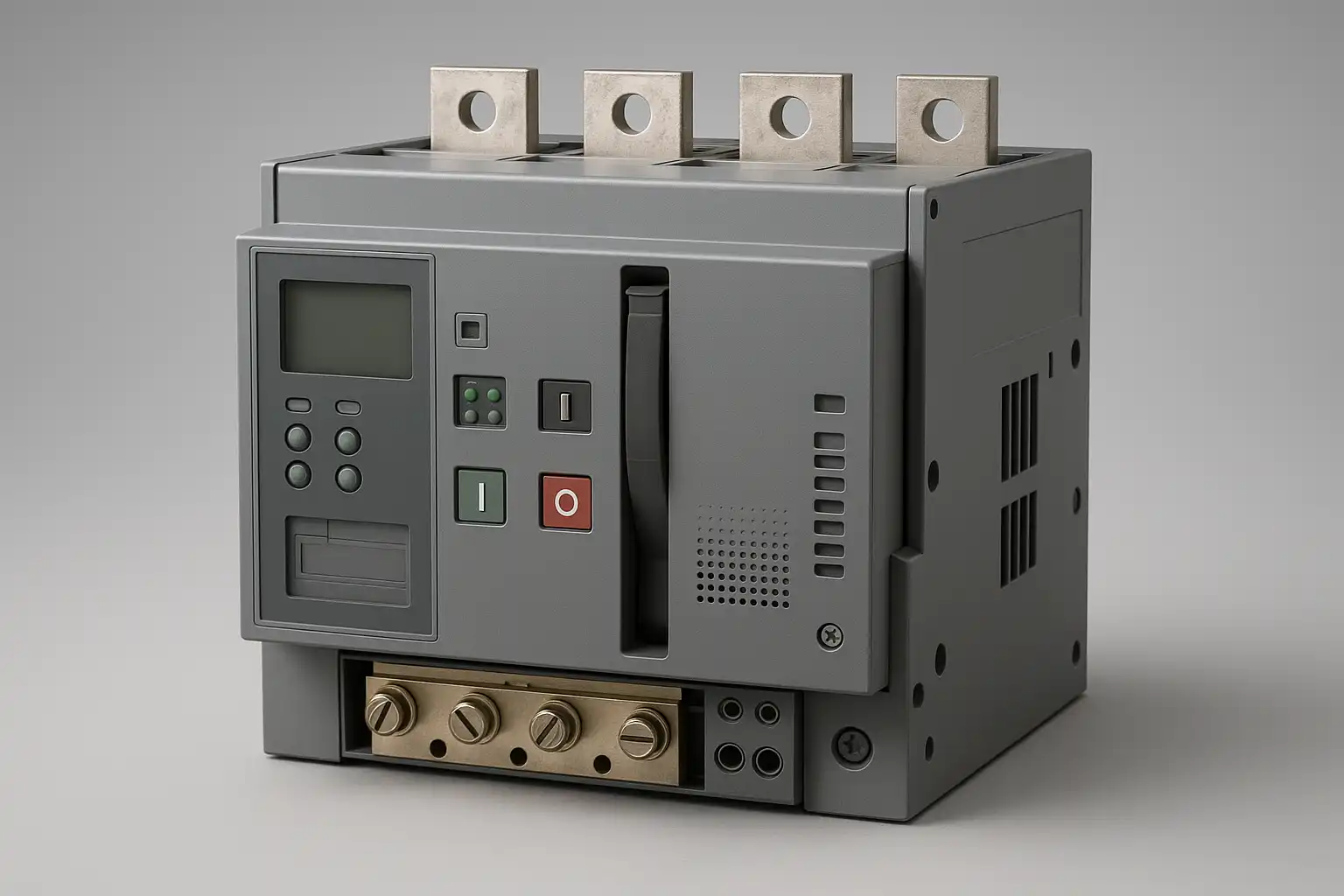
Learn how to choose the appropriate ACB by evaluating voltage, current ratings, interrupting capacity, and environmental factors for a safer system.
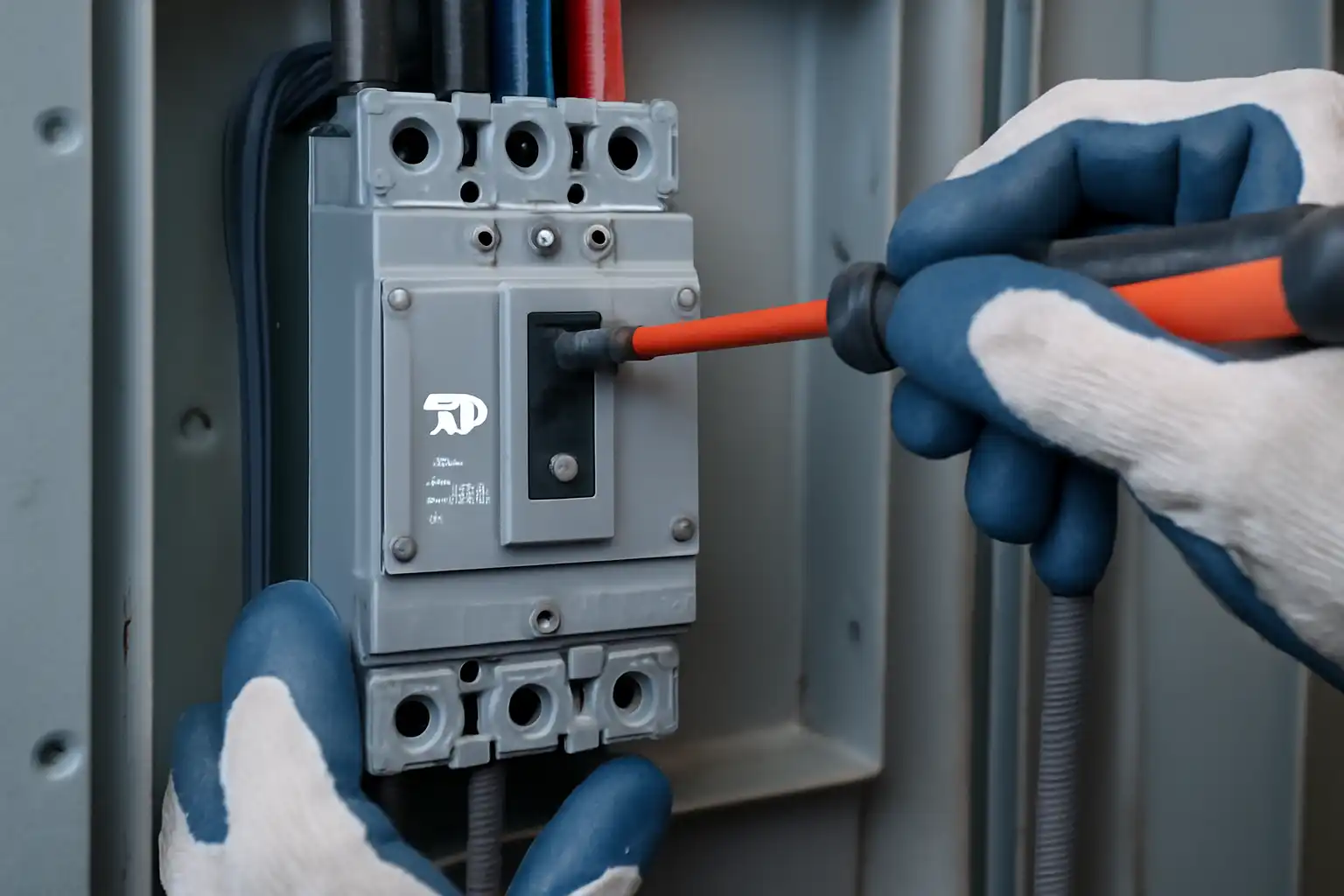
Ensure safety and reliability with proper maintenance of molded case circuit breakers. Learn key practices like cleaning, testing, and tightening connections.
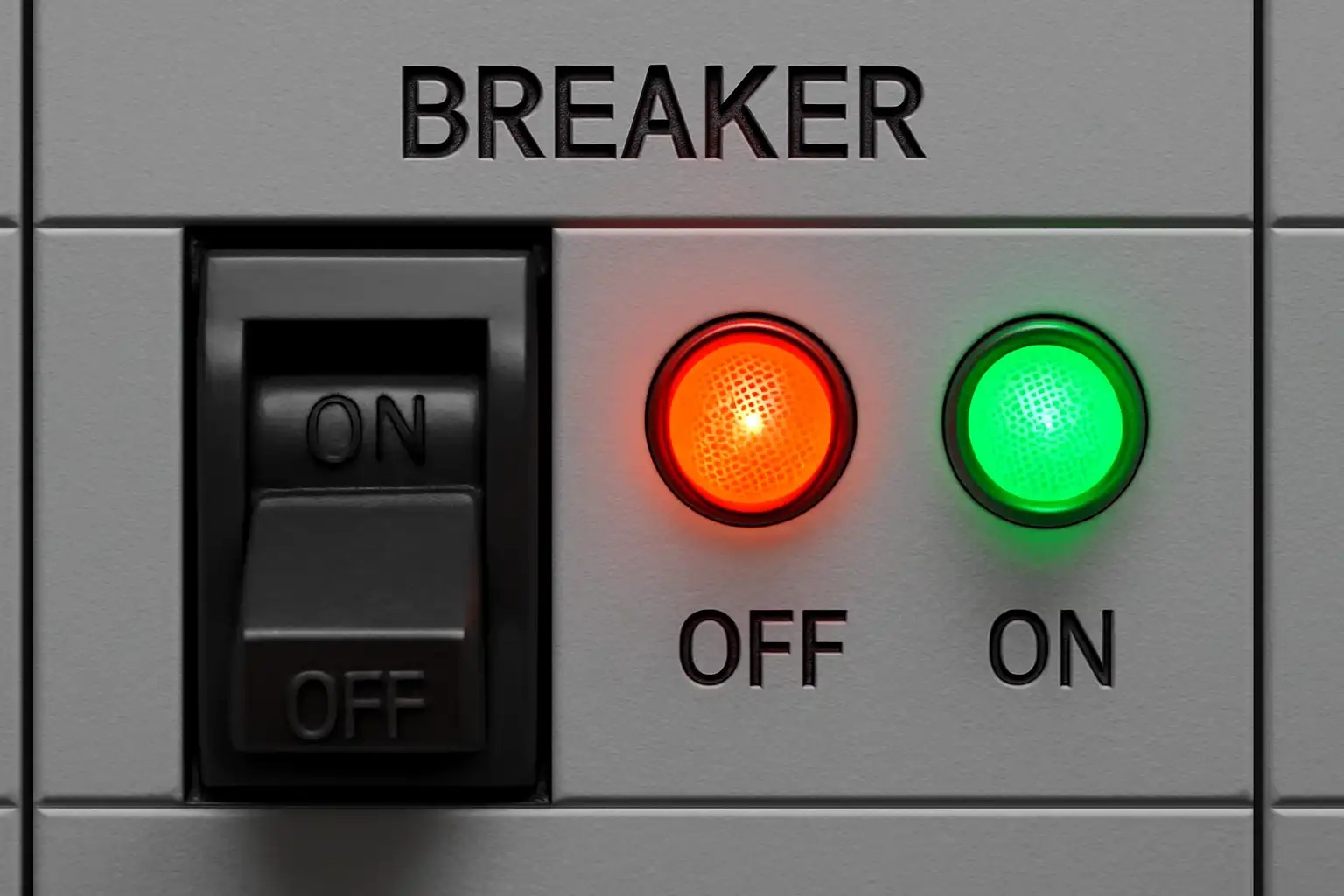
A circuit breaker indicator light shows if the breaker is on, off, or tripped, helping you quickly identify electrical issues and ensure system safety.
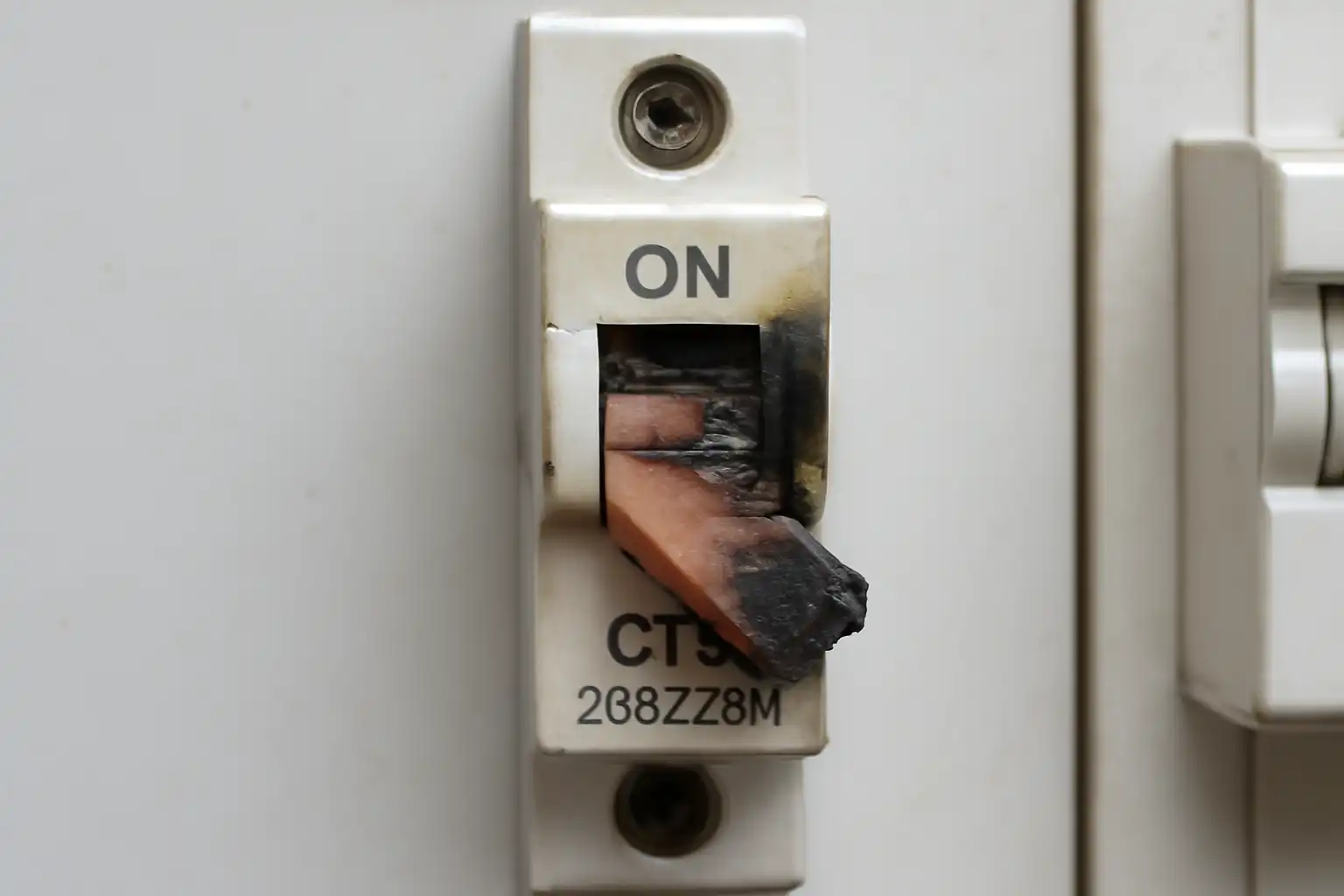
A circuit breaker can trip 5-20 times before wearing out, but frequent trips may indicate issues. Addressing ‘circuit breaker tripped’ problems promptly is key.
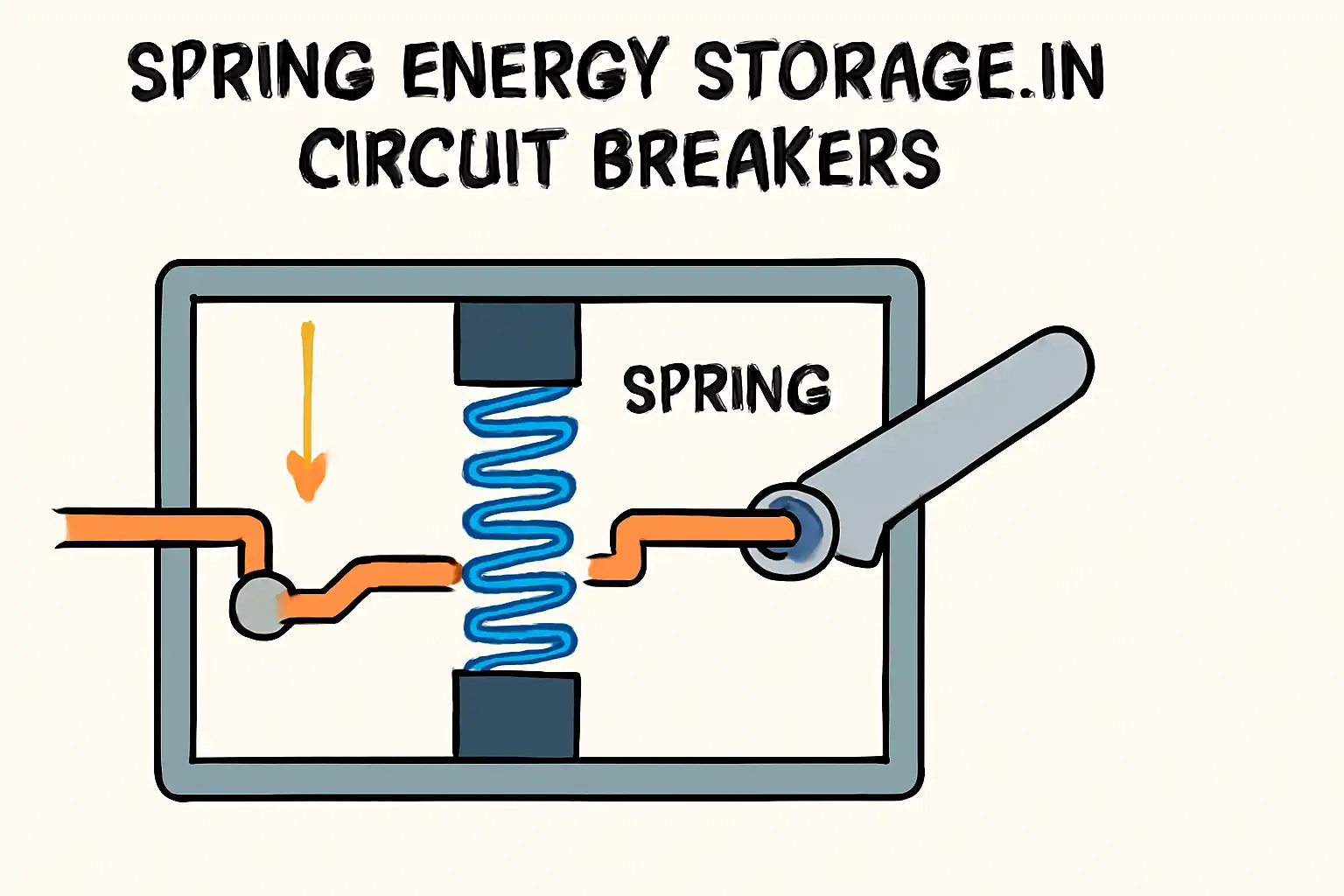
Spring energy storage in circuit breakers ensures fast, reliable operation during faults, storing mechanical energy to protect systems and enhance safety.
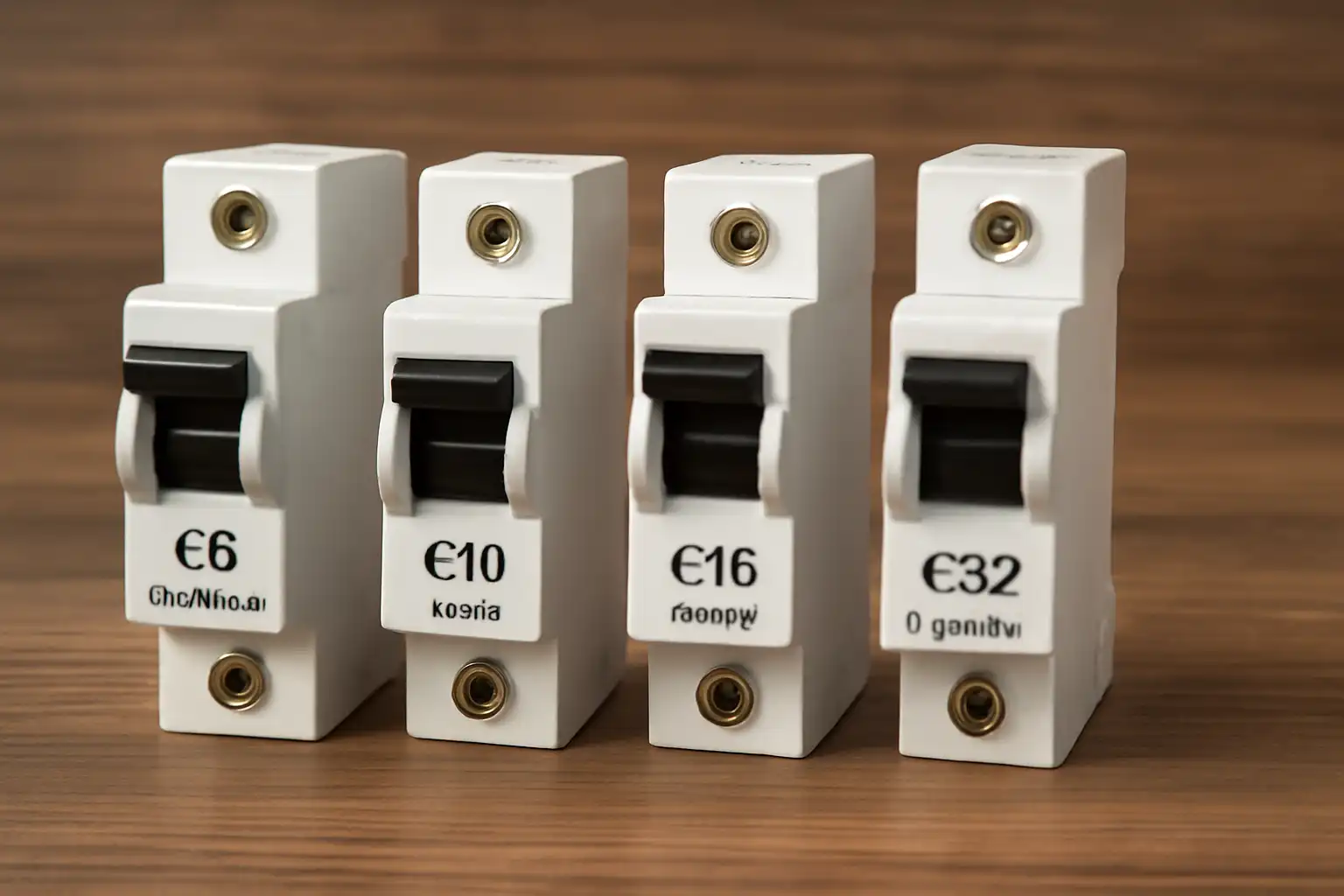
Calculate the capacity of a circuit breaker by summing the total load in amps, adding a 25% safety margin, and ensuring compatibility with voltage and circuit type.
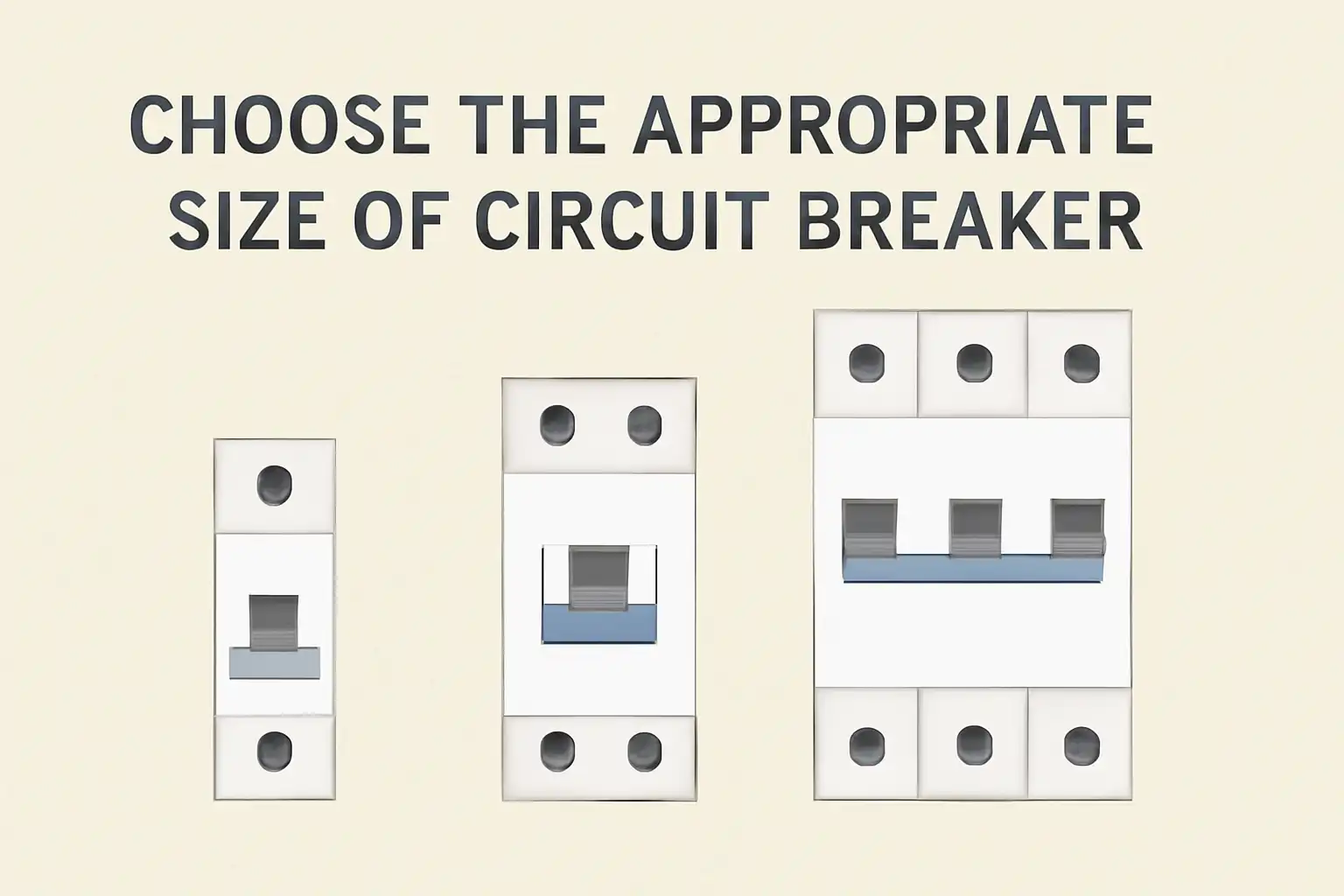
Learn how to calculate the size of a circuit breaker by adding device amps, applying the 125% rule, and following NEC guidelines for safe operation.
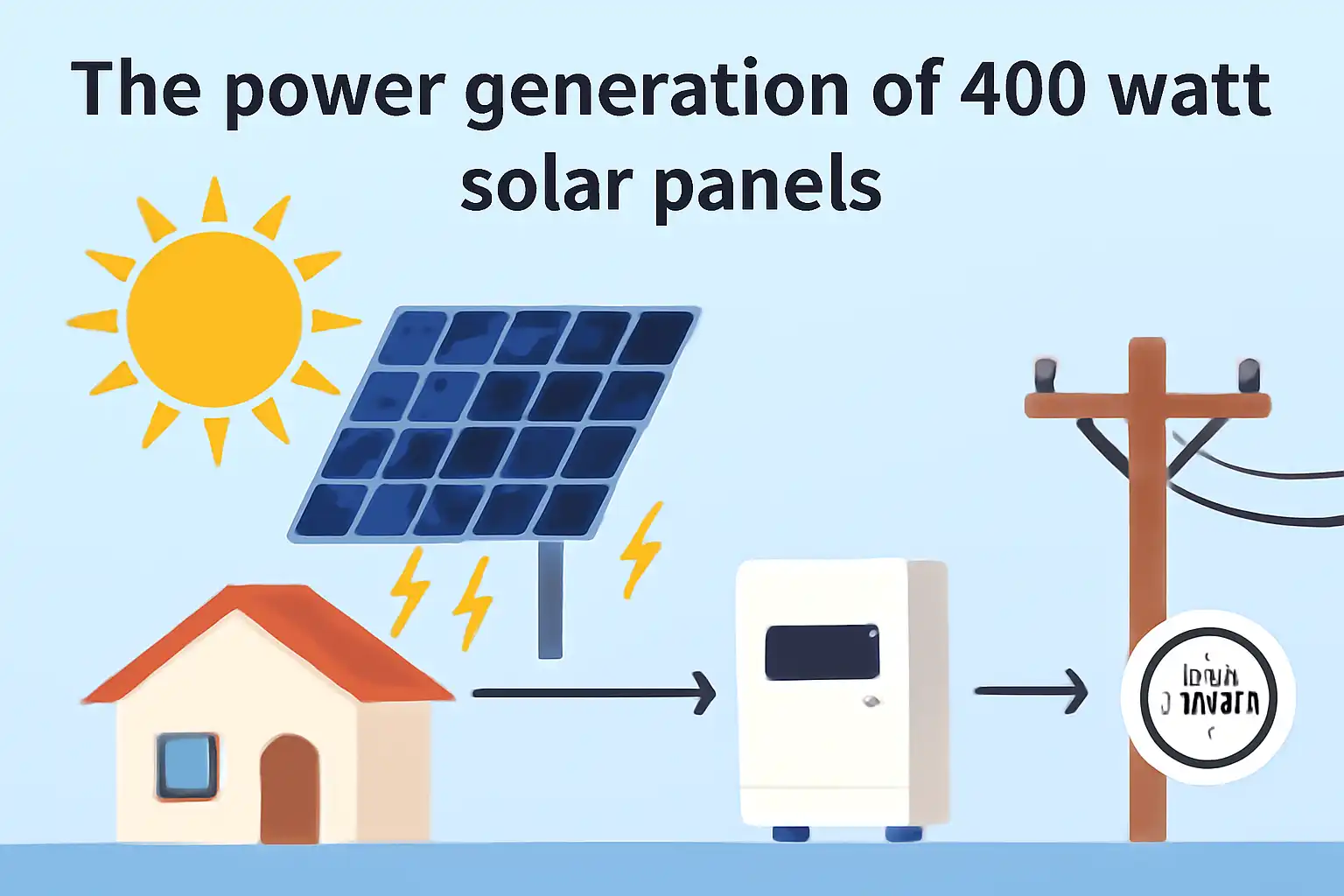
Calculate the power generation of a 400-watt solar panel by multiplying its wattage by peak sun hours and adjusting for efficiency losses. Learn more here.
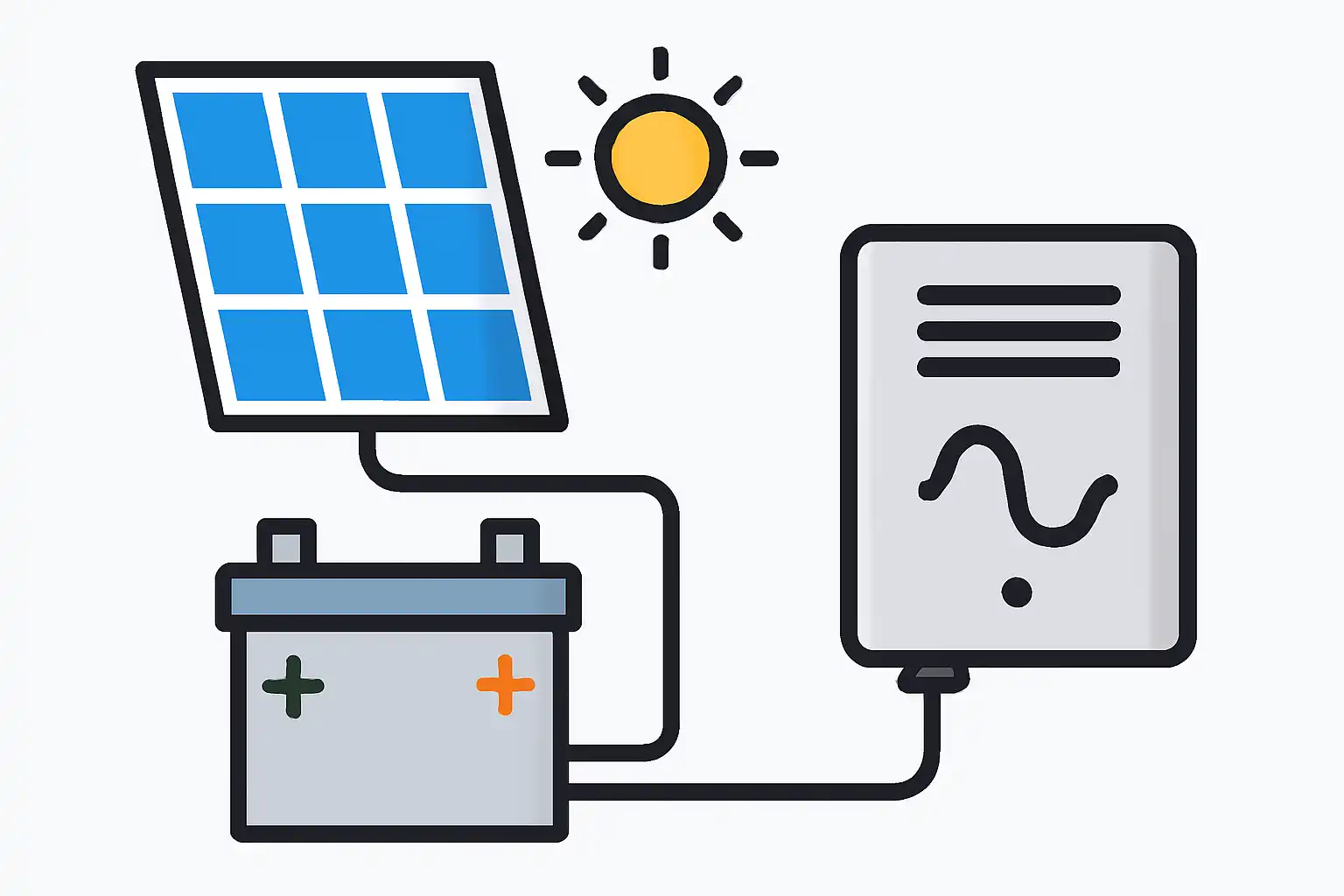
Learn how to safely connect solar panels to 12V batteries and inverters. Follow step-by-step instructions for efficient energy storage and usage.
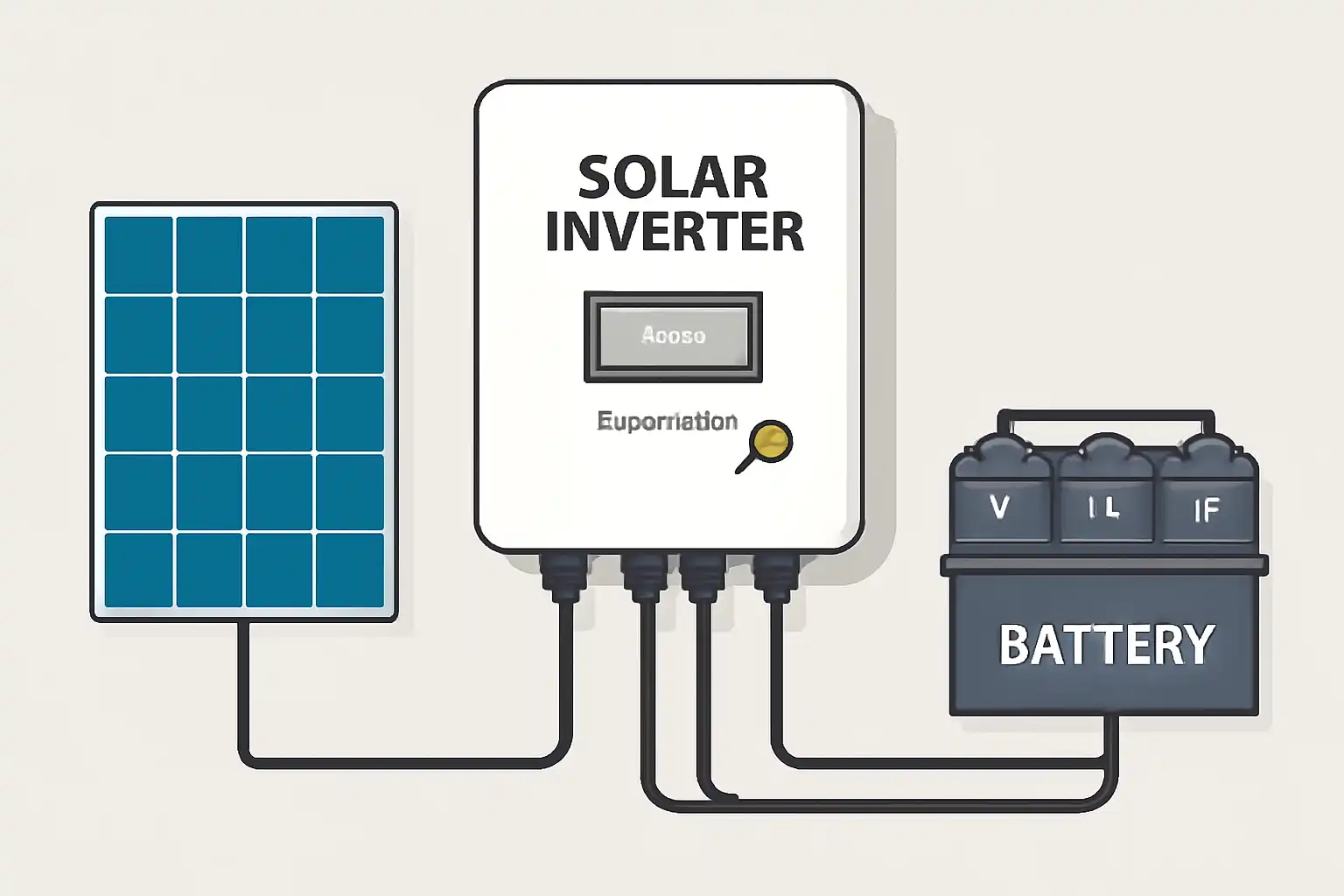
Discover how three-phase solar inverters and batteries work together to store energy, ensure steady power, and improve efficiency for large energy needs.
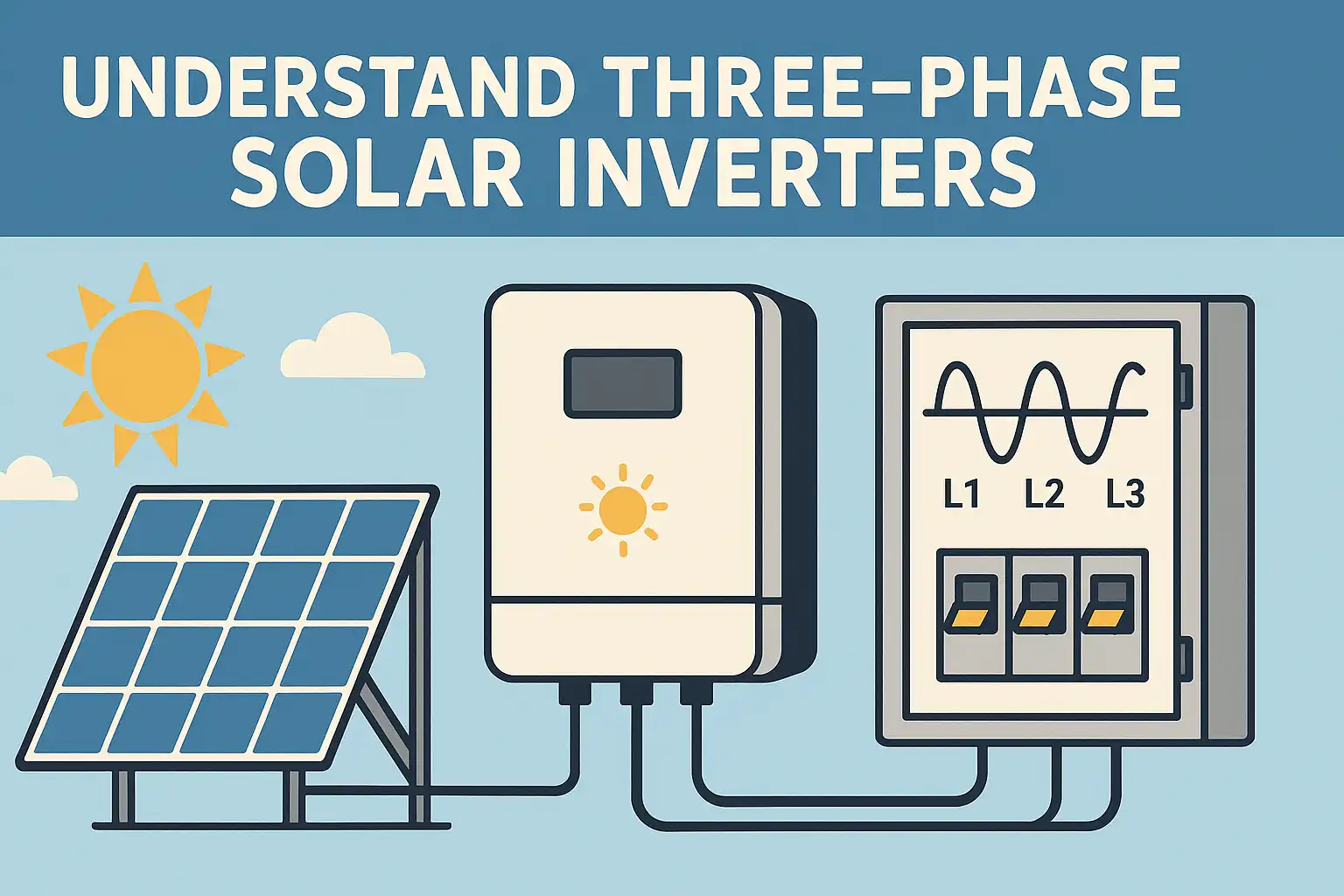
A three-phase solar inverter converts DC to AC power, distributing it across three phases for efficient energy use, ideal for high-power systems.
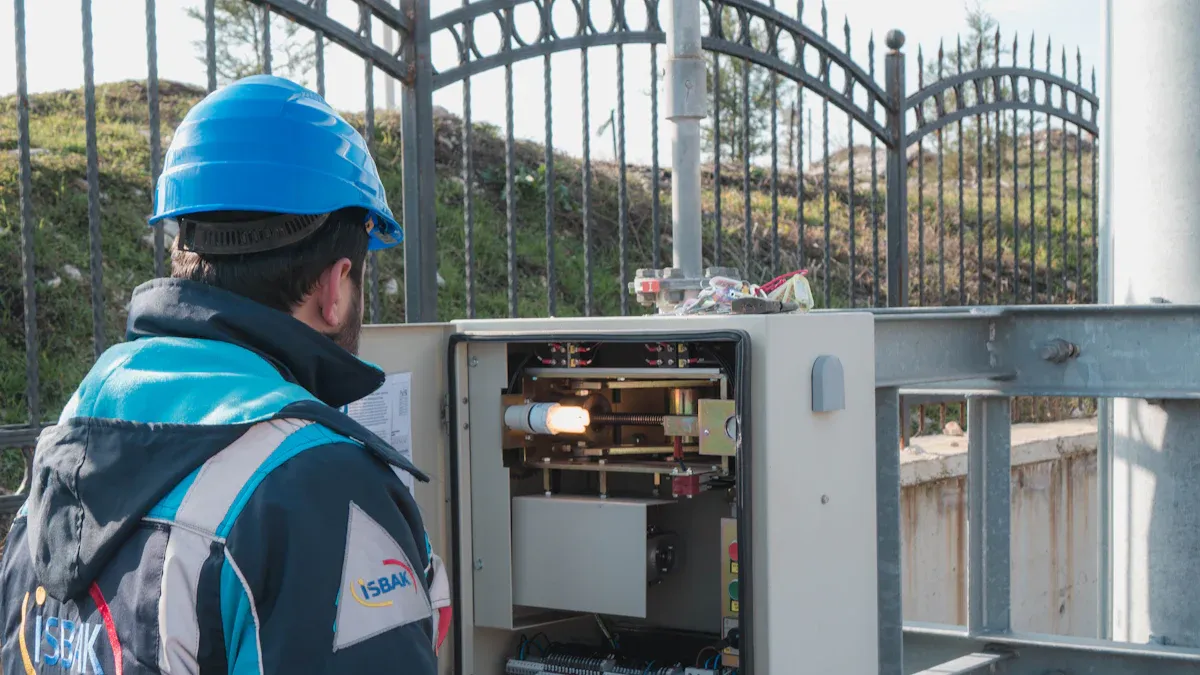
Surge protectors can be installed outdoors if they are weatherproof, durable, and certified for outdoor use. Learn how to protect your outdoor devices.
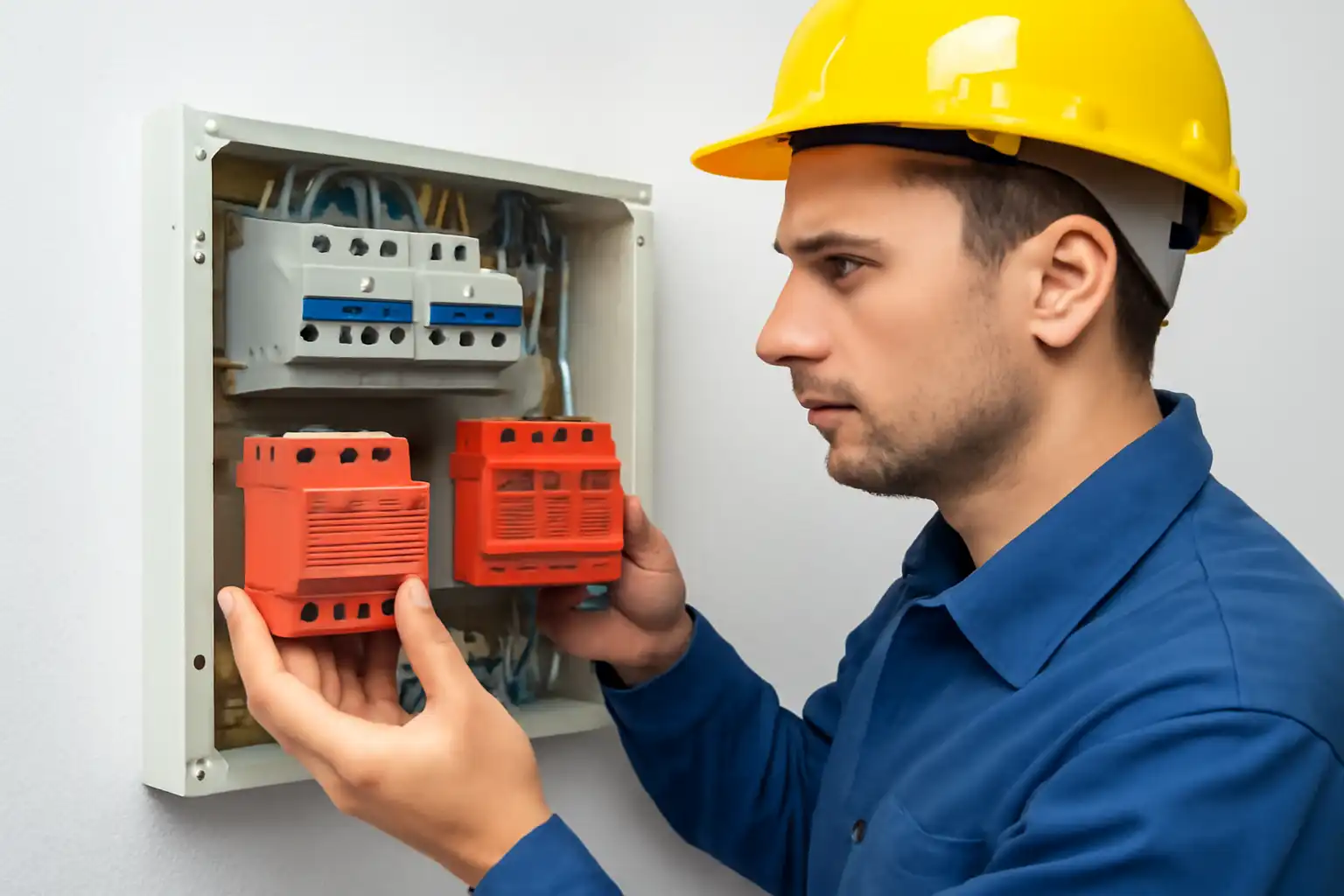
Learn how to replace the surge protector safely and efficiently. Follow step-by-step instructions to protect your devices and ensure proper installation.
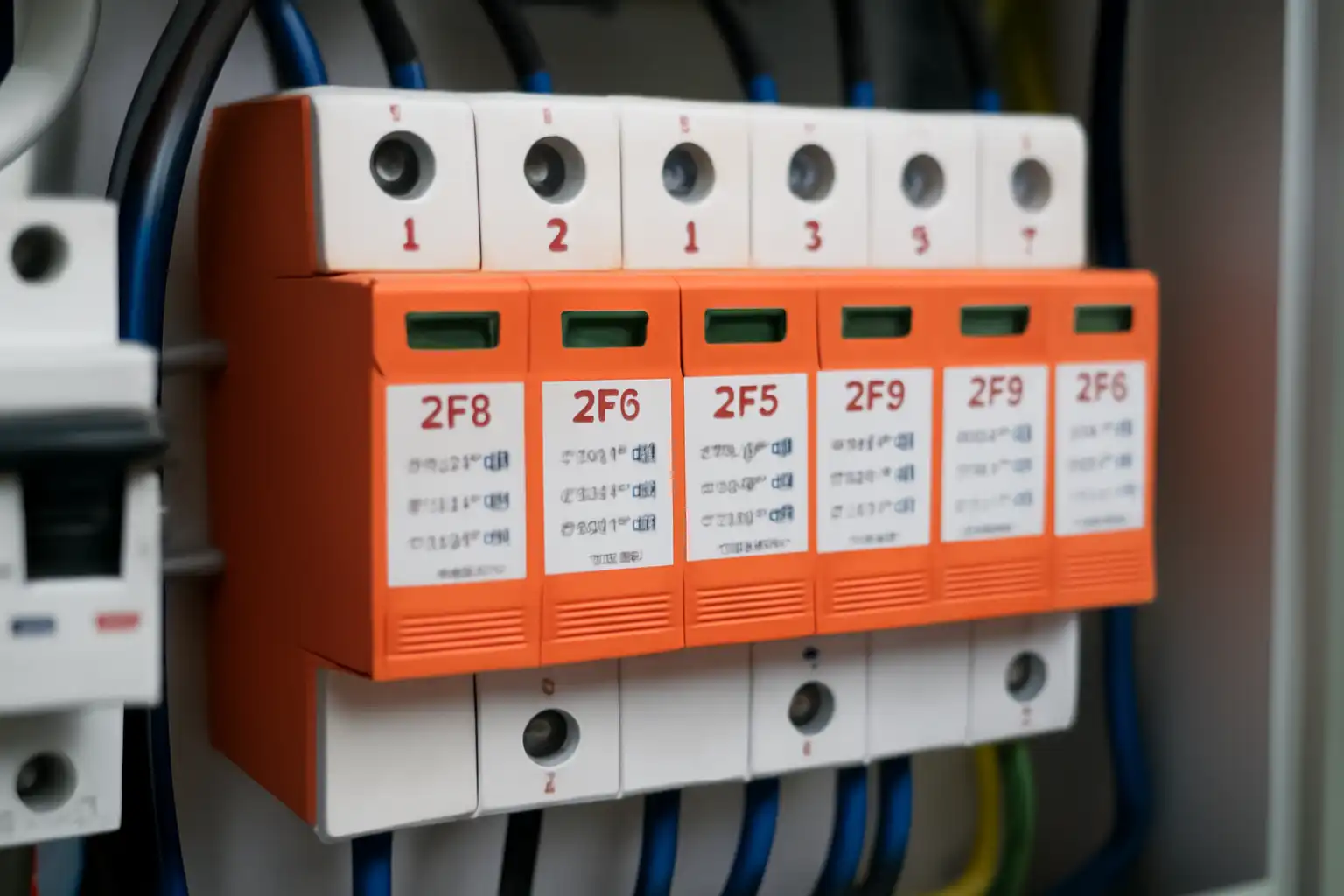
The service life of surge protection devices varies by use, environment, and maintenance. Learn how to extend their lifespan and when to replace them.
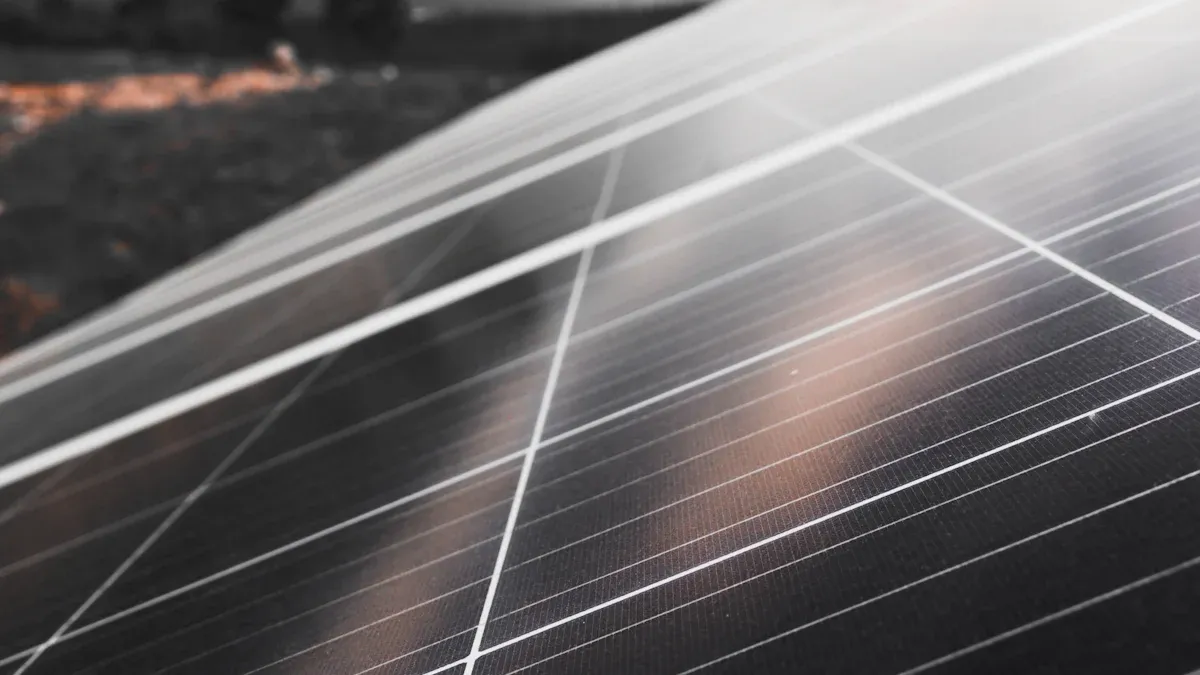
Solar panels work on cloudy days by using scattered sunlight, producing 10-40% of their normal output. Advanced panels ensure steady energy in dim light.

ONESTOP Team
Typically replies within minutes
Do you want to learn more about our products or services?
Contact Us
🟢 Online | Privacy policy
Contact Us